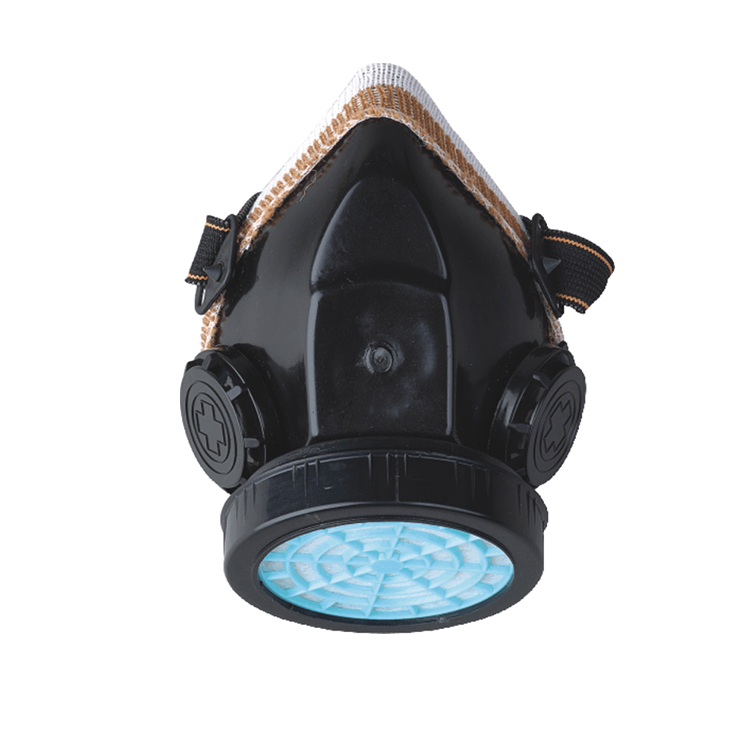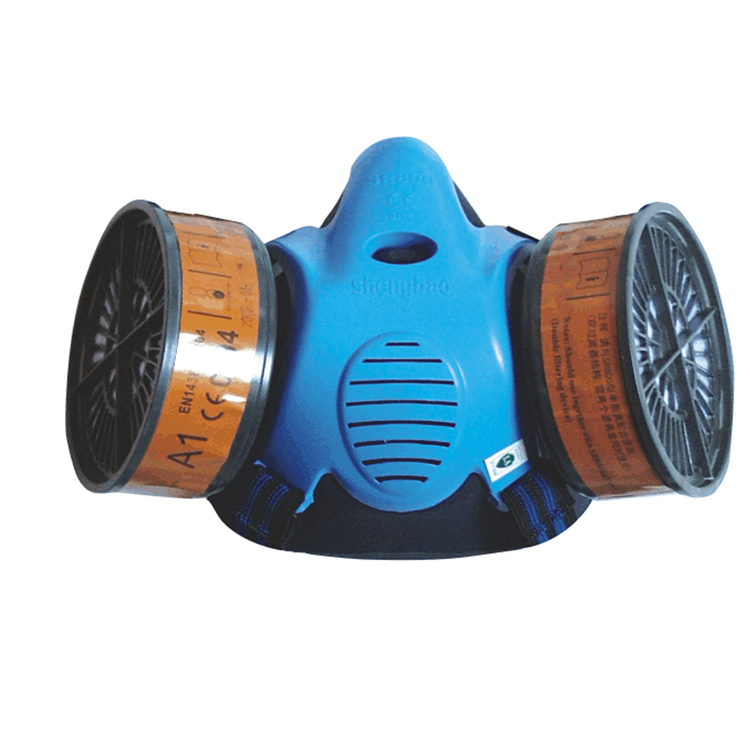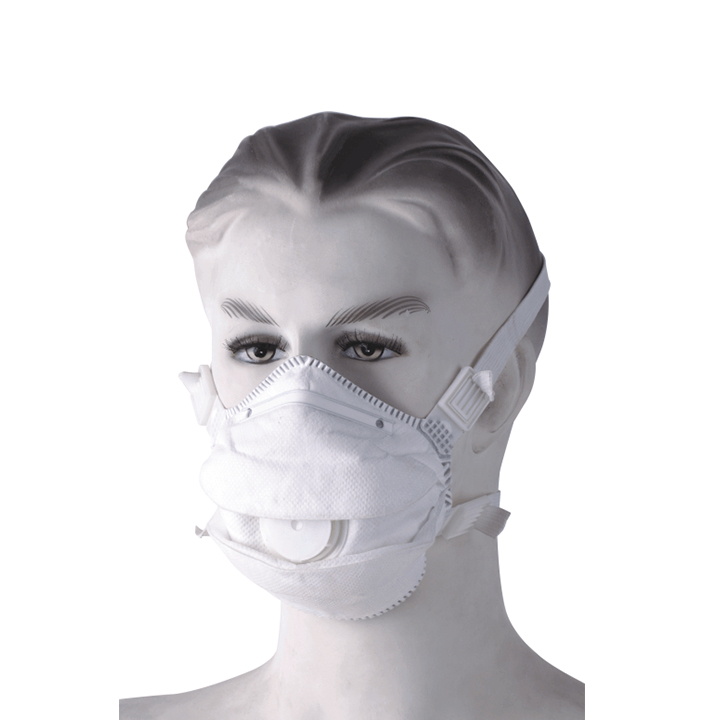Dust masks and chemical masks are quite different. Both of them provide respiratory protection. But they serve different purposes. Understanding these differences will help you make an informed decision about which mask best suits your needs.
Purpose and Protection
Dust Mask:
It provides protection against particulate matter, such as dust, pollen, and debris. It is designed for environments where exposure to harmful chemicals or gases is not a concern.
Best suited for: Dusty environments like construction and woodworking.
Does not protect against: Harmful gases, vapors, or chemicals.

Chemical Mask:
A chemical mask offers protection against harmful chemicals, gases, and vapors. These masks come with specialized filters or cartridges to protect the wearer from chemical exposure.
Best suited for: Chemical handling, painting, or environments with exposure to toxic substances.
Does not protect against: Dust exposure unless specifically designed for it.

Filtration Technology
Dust Mask:
Dust masks rely on basic filtration to remove dust and larger airborne particles. Masks like FFP1, FFP2, and FFP3 feature varying levels of particle filtration.
FFP1: Filters out 80% of dust particles.
FFP2: Filters out 94% of dust particles.
FFP3: Filters out 99% of dust particles.

Chemical Mask:
Chemical masks use specialized filters or cartridges that target specific chemicals, gases, or vapors. They can filter out harmful substances like paint fumes, chlorine gas, ammonia, and pesticides.
Cartridges can be changed depending on the chemical hazards in the environment.
Full-face models often provide a higher level of protection by covering the eyes.
Level of Protection
Dust Mask:
The dust mask offers basic protection for non-toxic particles. The level of protection depends on the type, with FFP1 providing the least protection and FFP3 providing the highest.
Best suited for: Light-duty environments with minimal exposure to toxic substances.
Chemical Mask:
Chemical masks offer higher protection, particularly against harmful gases, vapors, and toxic chemicals. The level of protection depends on the type of mask and the filter cartridges used.
Best suited for: Work environments with high chemical or gas exposure.
Comfort and Fit
Dust Mask:
Dust masks are typically lighter and more comfortable than chemical masks. They come with adjustable straps and sometimes a nose clip for a better fit. Many reusable dust masks come with replaceable filters, enhancing comfort for extended use.
Common complaint: Some dust masks may feel tight or uncomfortable during prolonged wear.
Chemical Mask:
Chemical masks, particularly half-face and full-face models, tend to be bulkier and more cumbersome than dust masks. They provide a secure fit to prevent exposure to harmful chemicals but may be uncomfortable for long durations.
Common complaint: Full-face chemical masks can feel hot and restrictive.
Applications
Dust Mask:
Dust masks are commonly used in:
Construction: Protection from dust created by demolition and sanding.
Woodworking: Protection from wood dust and sawdust.
Agriculture: Protection from pollen and dust when handling crops or during harvesting.
Household: Protection during cleaning or when working with non-toxic materials.
Best dust mask for non-toxic dust exposure.
Chemical Mask:
Chemical masks are commonly used in:
Chemical industries: Protection from industrial chemicals and fumes.
Painting: Protection from solvents, paints, and sprays.
Laboratories: Protection from toxic gases and vapors.
Firefighting: Protection from smoke and toxic fumes.
Best dust mask for chemicals would be one with a specific filter for the relevant chemical.
Cost and Durability
Dust Mask:
Dust masks are generally affordable and can be disposable or reusable. Reusable dust masks with replaceable filters offer better value over time.
Price: Generally lower cost than chemical masks.
Durability: Disposable masks are single-use, while reusable ones last longer with proper maintenance.
Chemical Mask:
Chemical masks, especially those with full-face coverage and specialized cartridges, are more expensive. They require regular filter replacements.
Price: Generally higher cost than dust masks.
Durability: These masks can last a long time with proper care, but filter cartridges must be replaced frequently.
Conclusion
In summary, dust masks and chemical masks serve different purposes. Dust masks are ideal for protecting against non-toxic dust particles, while chemical masks provide essential protection against harmful gases, vapors, and chemicals. Understanding your work environment and exposure risks is key to choosing the correct mask. Whether you’re a construction worker, laboratory technician, or painter, the right mask can significantly reduce health risks. Always consider the type of protection you need, and choose the best dust mask or chemical mask accordingly.


